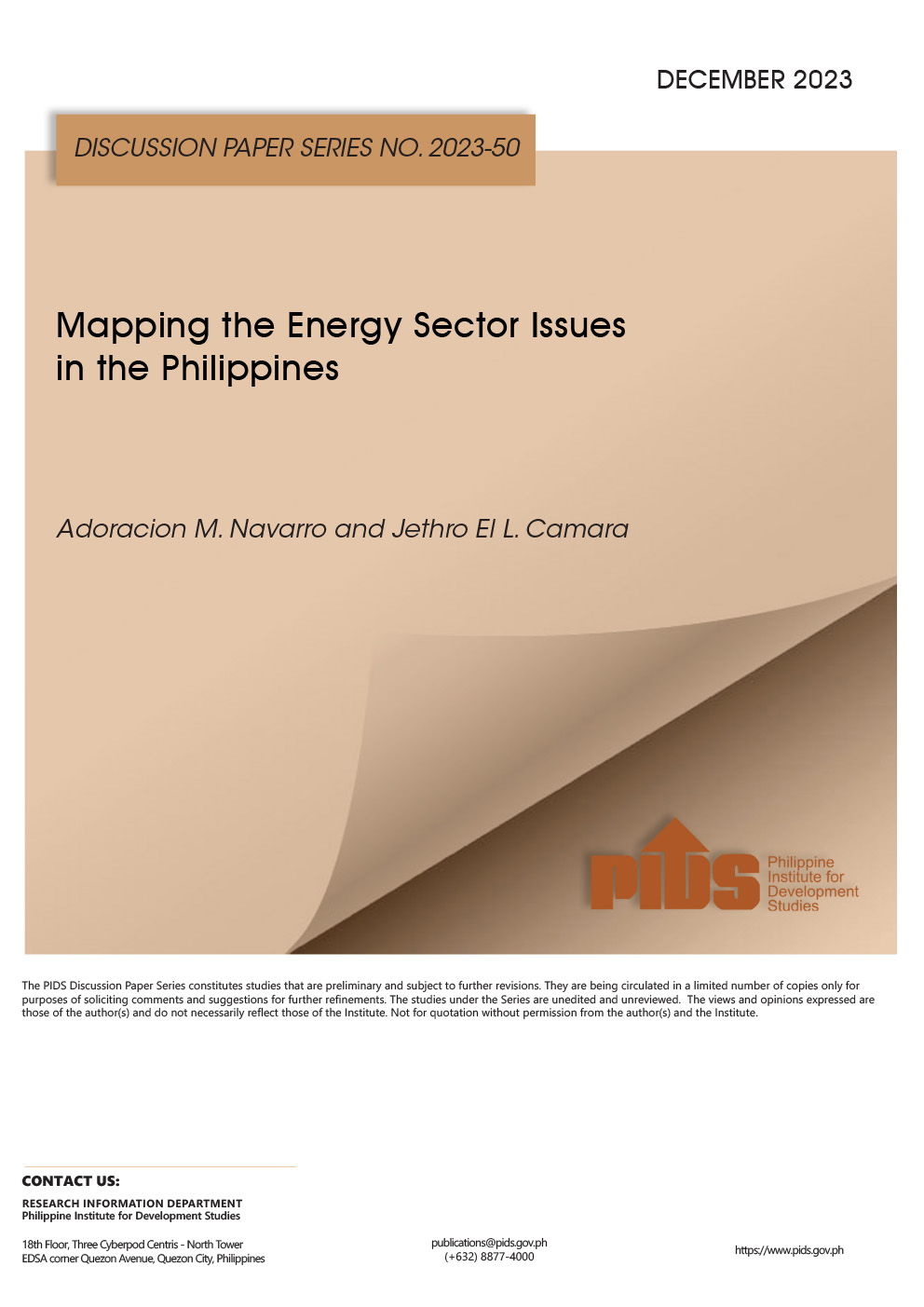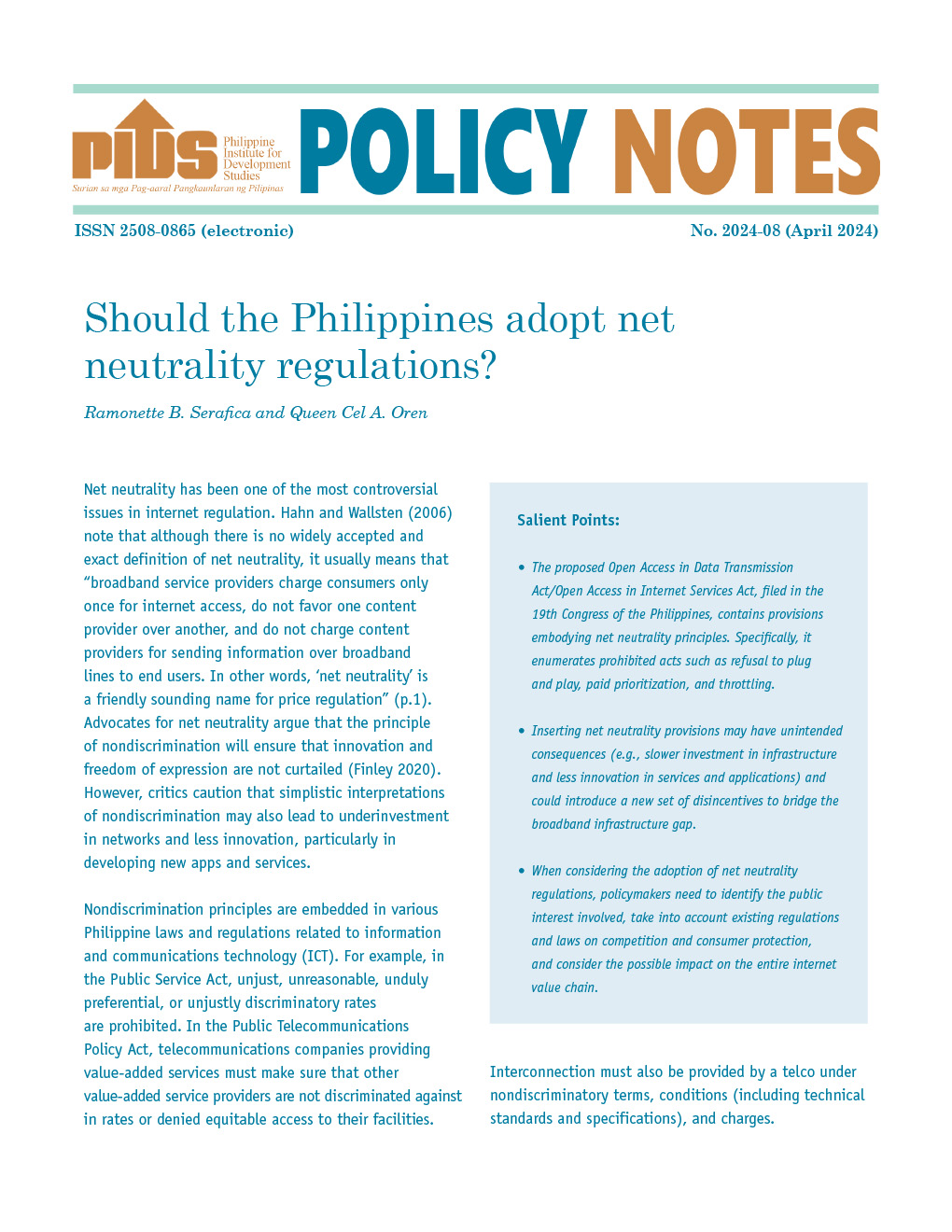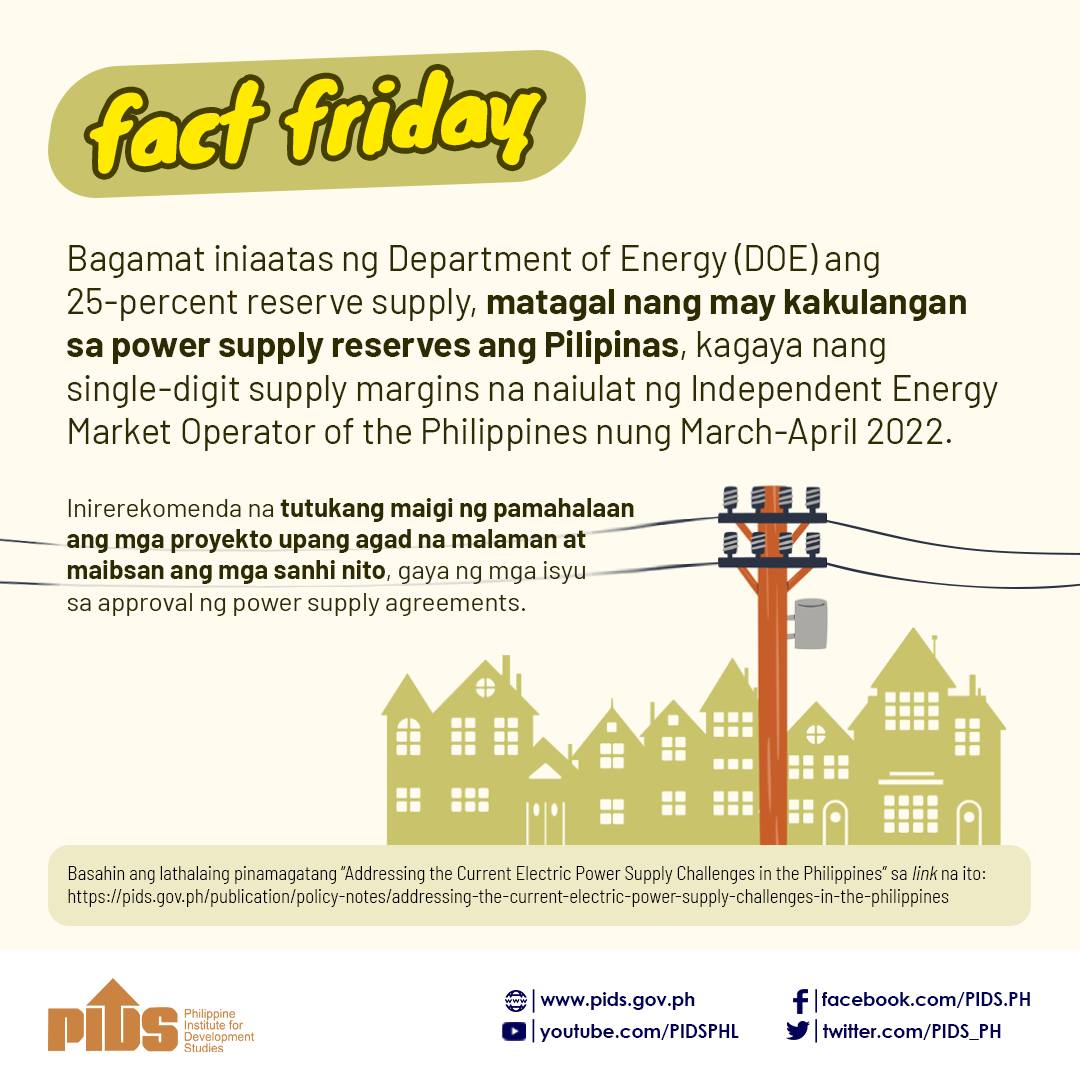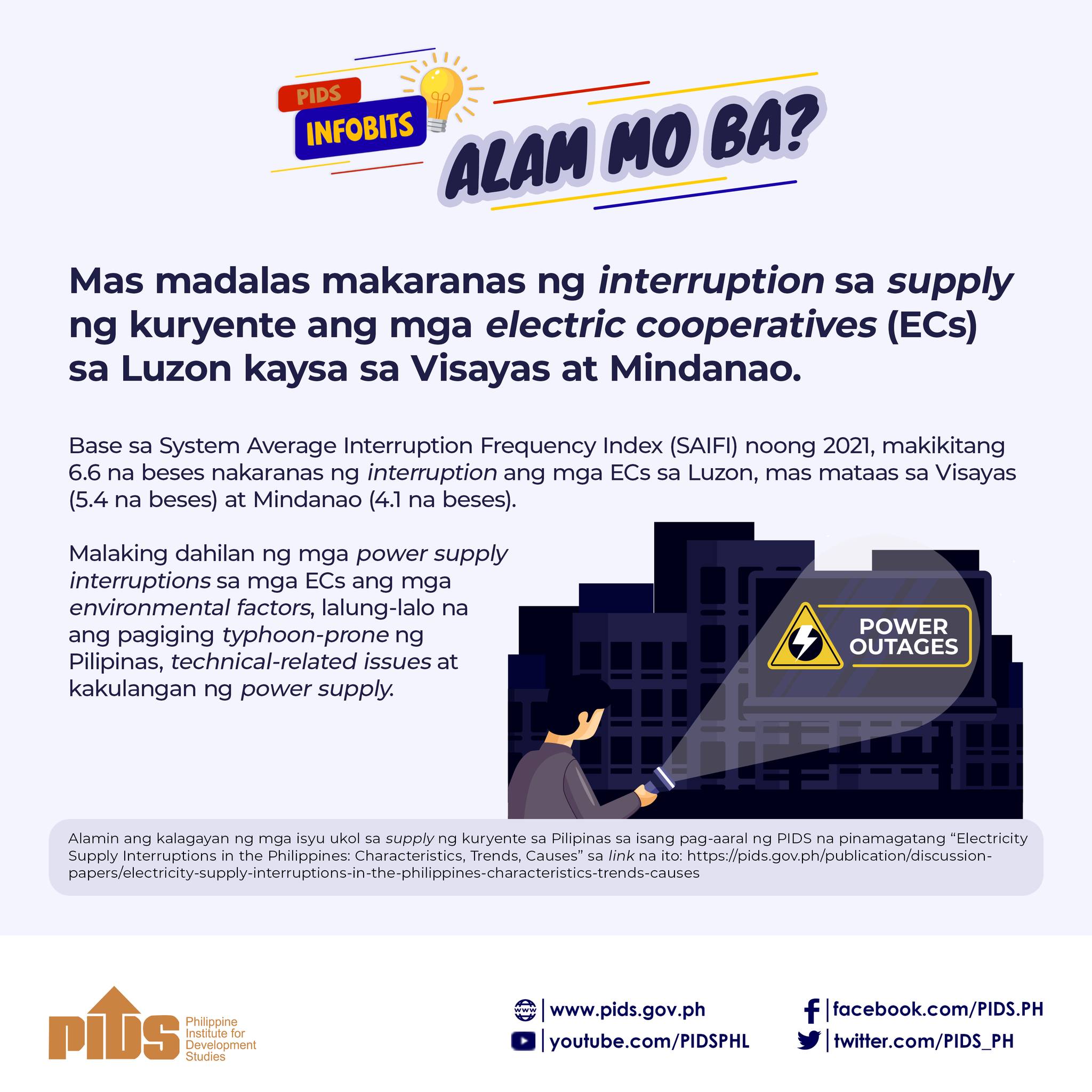Climate-proofing electricity infrastructure will help address power outages in the country and avoid high socioeconomic cost, according to a study published by the Philippine Institute for Development Studies (PIDS).
The report titled “Electricity supply interruptions in the Philippines: characteristics, trends, causes,” looked into power interruptions in the country using electric cooperatives’ monthly interruption reports to the National Electrification Administration (NEA).
The study recommended prioritizing the climate-proofing of power and electricity-related infrastructure and crafting policies that expand electric cooperatives’ access to more power supply and generation capacity.
According to author and PIDS research fellow Kris Francisco, power outages were caused by supply, technical, environmental and other issues that cover prescribed or unspecified problems in the monthly interruption reports.
The study said when causes of interruption are lumped together, it found that environment-related factors, the biggest being major storm disasters, cause a big share in frequent and long duration of power interruptions.
It added that it takes around 1.5 hours to restore electricity after a power outage, and it also takes the longest to restore when the damage is done by a major storm disaster.
“This is quite concerning given that the Philippines experiences numerous typhoons a year.
Concurrently, this begs the need to improve and climate-proof our power and electricity-related infrastructure to protect them from damages and shorten the duration of weather-related downtime,” Francisco said.
The study showed major storms, earthquakes and lightning cost the country 107.4 million consumer-hours in 2021, a 10 percent increase from 97.2 million consumer-hours in 2015.
Consumer-hours was computed by multiplying the duration of power outages by the number of affected customers.
The report said though access to electricity has improved, the country’s power supply remains insufficient.
“Policies give little attention to improving the reliability of electricity supply. The fast-growing electricity demand is causing stress during peak-power demand months, resulting in widespread blackouts and electricity supply interruptions,” said.
The study highlighted that customers of electric cooperatives experienced, on average, 5.7 power interruptions or 8.8 hours of no power in 2021, an improvement from 2015’s 11 hours. More frequent power interruptions occurred in Luzon, while longer power outages happened in Visayas.












